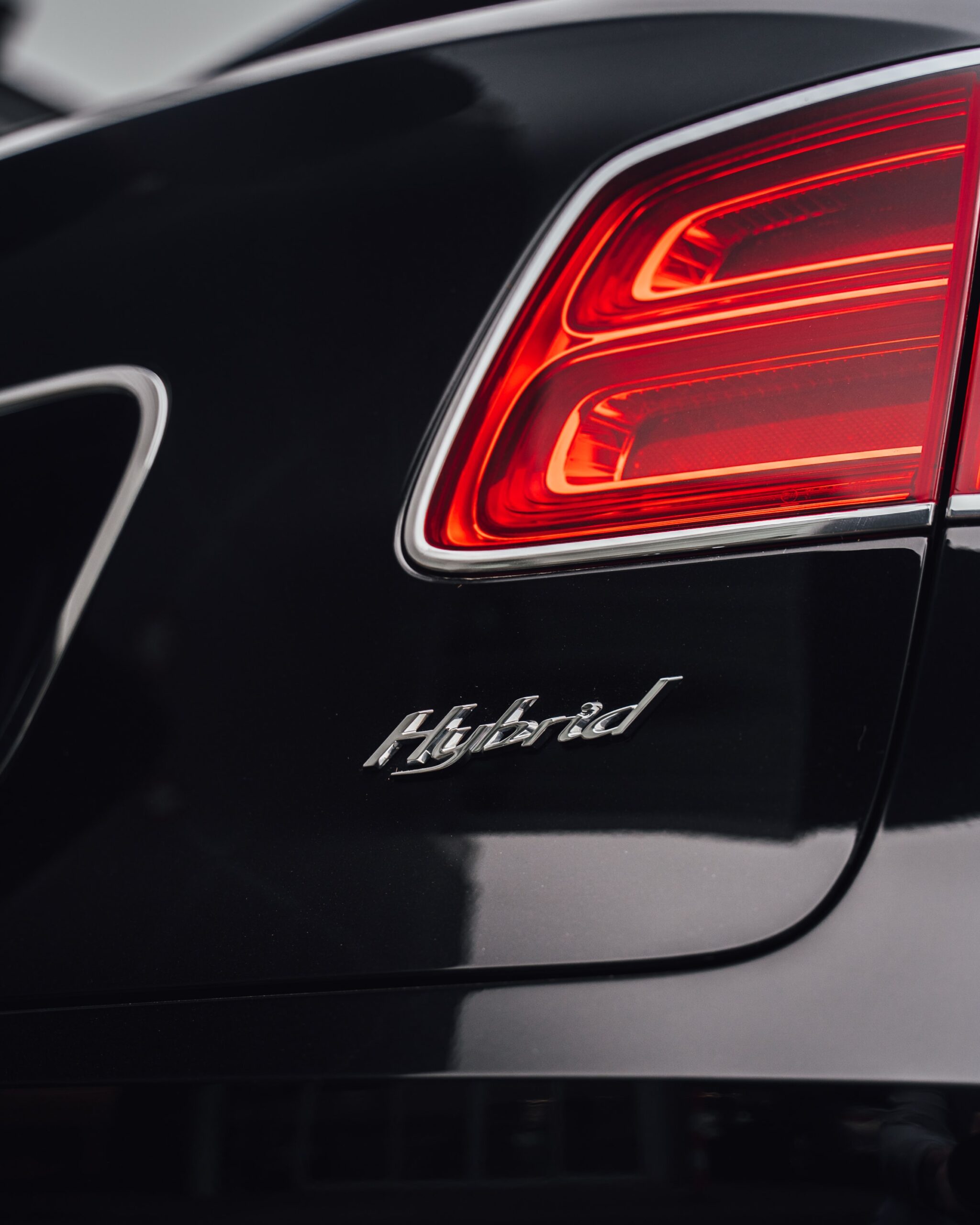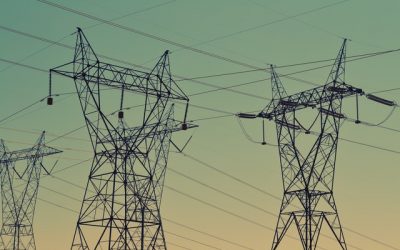Those of you who weren’t impressed by the air-powered car might be more excited by the latest pressure-powered vehicle: the hydraulic hybrid truck.
Hydraulic hybrids pair a standard internal combustion engine with a series of tanks holding compressed fluid. The tanks capture energy during braking and deliver it back to the wheels during acceleration. A pressurized tank can’t hold a large amount of energy, but it does offer some compensating advantages:
> One is that it can accept and deliver huge amounts of energy quickly, which batteries cannot. And its storage ability does not degrade over time, which is a fact of life with batteries available today.
It’s the ability to deliver large amounts of energy quickly that make the system so desirable for trucks, which need considerable starting power. Another advantage: components are relatively cheap and incredibly easy to service. In fact, systems can be built with no electronics at all.
UPS just concluded a road test, conducted jointly with the EPA that demonstrated fuel efficiency gain of 50%. The company will add seven of the trucks to its fleet over the next few years:
> Fuel economy is increased in three ways: vehicle braking energy is recovered that normally is wasted; the engine is operated more efficiently, and the engine can be shut off when stopped or decelerating.
> The EPA estimates that when manufactured in high volume, the added costs of the hybrid components can be recouped in less than three years through lower fuel and brake maintenance costs.
The initial purchase represents a tiny fraction of UPS’ 93,600-vehicle fleet, but the quick payback period and lack of any need for exotic fueling infrastructure suggest the technology could be rolled out quickly if it proves a success.
The technology works well in any situation in which trucks have to start and stop frequently. One of the most promising applications? Garbage trucks.
Brought to you by terrapass.com
Featured image







